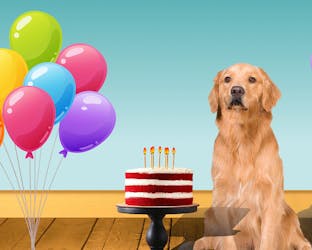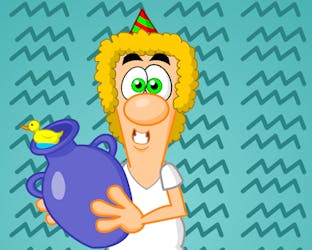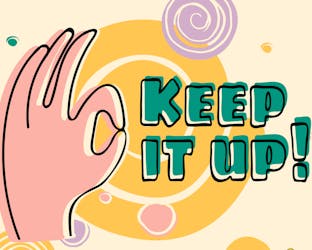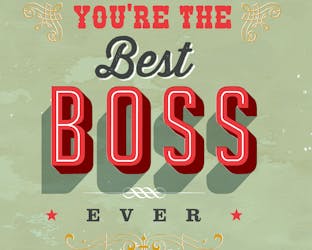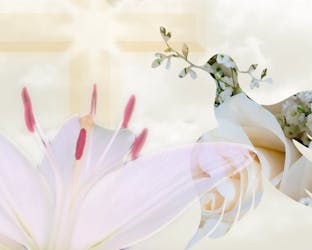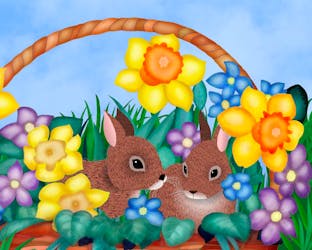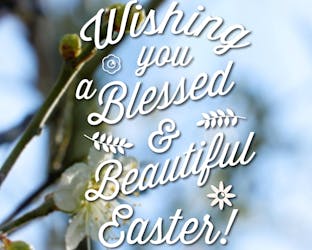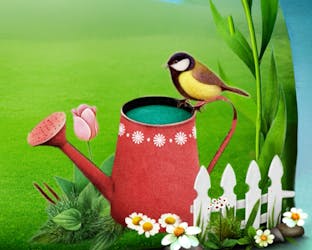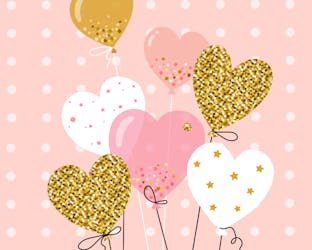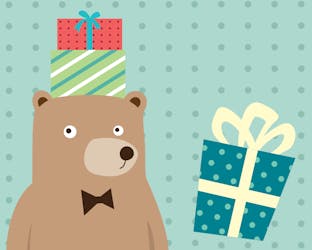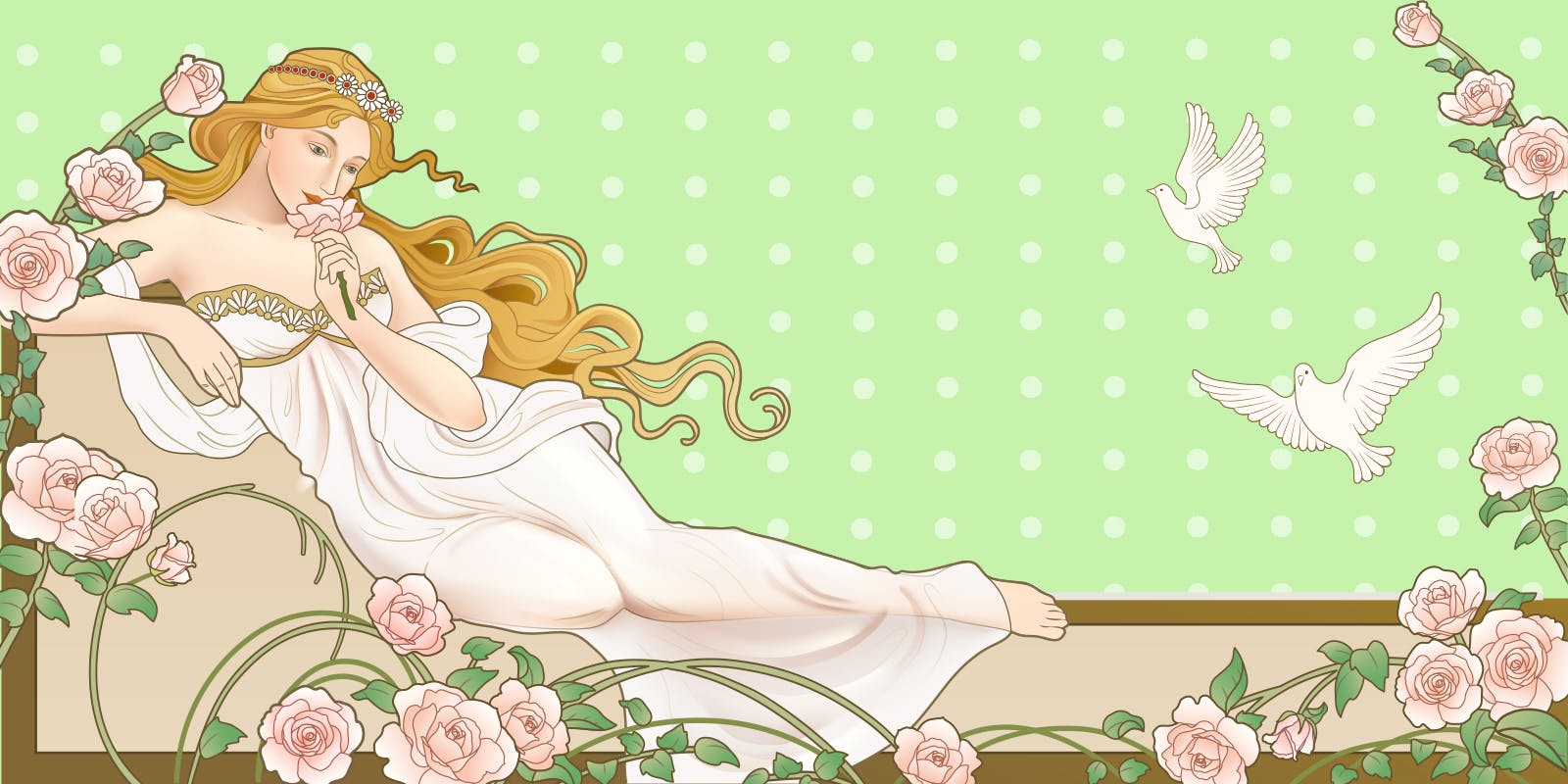
The Pagan holiday of Ostara
Did you know that the Easter holiday, while rooted in the Christian tradition, can trace its time back to a pagan holiday?
Ostara is a pagan celebration of Spring and the renewal of life. The Ostara festival was celebrated by the Germanic people, who lived in what is now modern-day Germany, Austria, and Switzerland. The exact origins, as with much of the Germanic folklore and mythology, has been lost over time. What we do know is that the festival was held in honor of the goddess Ostara, who represented the coming of spring and the return of fertility to the land. Ostara was depicted as a beautiful, young woman, usually accompanied by a rabbit or hare which were symbols of fertility. Ostara was celebrated:
- By lighting bonfires, symbolizing the return of warmth, there would be rituals to welcome the upcoming planting season
- By decorating eggs, a symbol of fertility. Eggs were decorated in colors and patterns and sometimes hidden in fields or nests to ensure a good harvest
- By feasting, to celebrate the return of the sun and the renewal of life. People would share food and drink and offer thanks for their blessings.
Ostara was typically held at the Spring Equinox, around March 21.
The Christian holiday of Easter
Easter is a Christian holiday that celebrates the resurrection of Jesus Christ from the dead, as described in the New Testament of the Bible. It is one of the most important holidays in the Christian calendar and is celebrated by Christians worldwide. The exact date of Easter varies each year, but it is generally observed on the first Sunday after the first full moon following the vernal equinox (around March 21). Learn about some fun Easter traditions here.
Easter is preceded by a period of fasting and reflection called Lent, which lasts for 40 days and is meant to represent the 40 days that Jesus spent fasting in the wilderness before beginning his public ministry. The week leading up to Easter is known as Holy Week, and it includes the celebration of Palm Sunday, which commemorates Jesus' triumphal entry into Jerusalem, as well as Maundy Thursday, which commemorates the Last Supper, and Good Friday, which commemorates Jesus' crucifixion.
On Easter Sunday, Christians celebrate the resurrection of Jesus Christ and the triumph of life over death. Many churches hold special services, and families often gather for meals and festivities. Traditional Easter symbols include eggs, which represent new life, and the Easter bunny, which is said to have originated from German folklore and symbolizes fertility and new life. Here are some great ideas to create a fun Easter celebration at home.
How Easter and Ostara are similar
Some of the symbols of the festival, such as eggs and rabbits, were later incorporated from Ostara into the Christian celebration of Easter. Here are a few examples:
- Eggs: Both Ostara and Easter involve the use of eggs as a symbol of new life and fertility. In Ostara, eggs were often decorated and used in rituals and ceremonies, while in Easter, eggs are often dyed and hidden for children to find in Easter egg hunts.
- Springtime: Both Ostara and Easter are associated with the arrival of spring and the renewal of life after the long winter. In Ostara, this was a time to celebrate the return of warmth and light, while in Easter, it is a time to celebrate the resurrection of Jesus and the triumph of life over death.
- Light: Both Ostara and Easter are associated with the return of light after the darkness of winter. In Ostara, this was symbolized by the lighting of bonfires, while in Easter, it is often symbolized by the lighting of candles in churches.
It's important to note that while there are some similarities between these two celebrations, Easter is primarily a Christian holiday that celebrates the resurrection of Jesus Christ, while Ostara is a pagan festival that predates Christianity.
Other religious or cultural celebrations
There are a few other religious or cultural celebrations that center around Springtime. They include:
- Passover: Passover is a Jewish holiday that typically falls around the same time as Easter, and it commemorates the liberation of the Jewish people from slavery in Egypt. Passover usually lasts for eight days and includes the Seder meal, which involves the retelling of the story of the exodus from Egypt. Learn more about Passover here.
- Holi: Holi is a Hindu festival that usually falls in March, and it celebrates the arrival of spring and the triumph of good over evil. The festival is marked by colorful celebrations, including the throwing of colored powders and water.
- Nowruz: Nowruz is a Persian New Year celebration that usually falls on the vernal equinox, around March 21. The holiday has roots in Zoroastrianism and includes a range of cultural traditions, including the setting of a "haft-seen" table with seven symbolic items.
- Songkran: Songkran is a Thai holiday that falls in mid-April and celebrates the Thai New Year. The holiday is marked by water fights and other festive activities.
How to celebrate Spring
Sending ecards is one way that many people, regardless of their religious affiliation or culture, celebrate Spring. People often send Easter ecards to friends and family to wish them a happy holiday. These cards usually feature Easter-themed designs, such as bunnies, eggs, and flowers, and often include messages of hope, renewal, and joy. For those who celebrate Easter as a religious holiday, greeting cards may include messages or Bible verses that reflect the spiritual significance of the holiday. You can find a wide selection of religious or secular Easter ecards here. Many people choose to personalize their Easter greeting cards by adding special touches, like a photograph from a special time. You can create a personalized holiday ecard here. This can make the card feel more meaningful and special to the recipient.
Overall, Easter greeting cards provide a way for people to connect with loved ones and to celebrate the joy and renewal of the holiday. Learn how to write the perfect Easter ecard in just five minutes.


